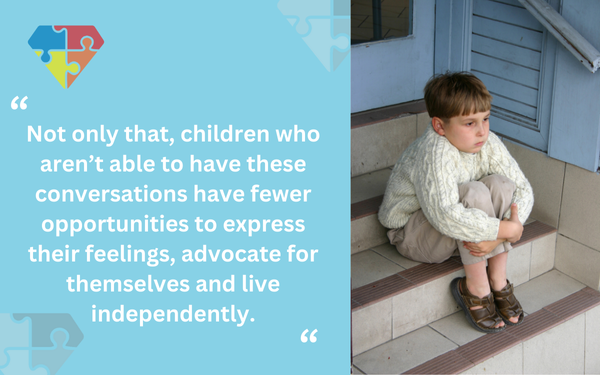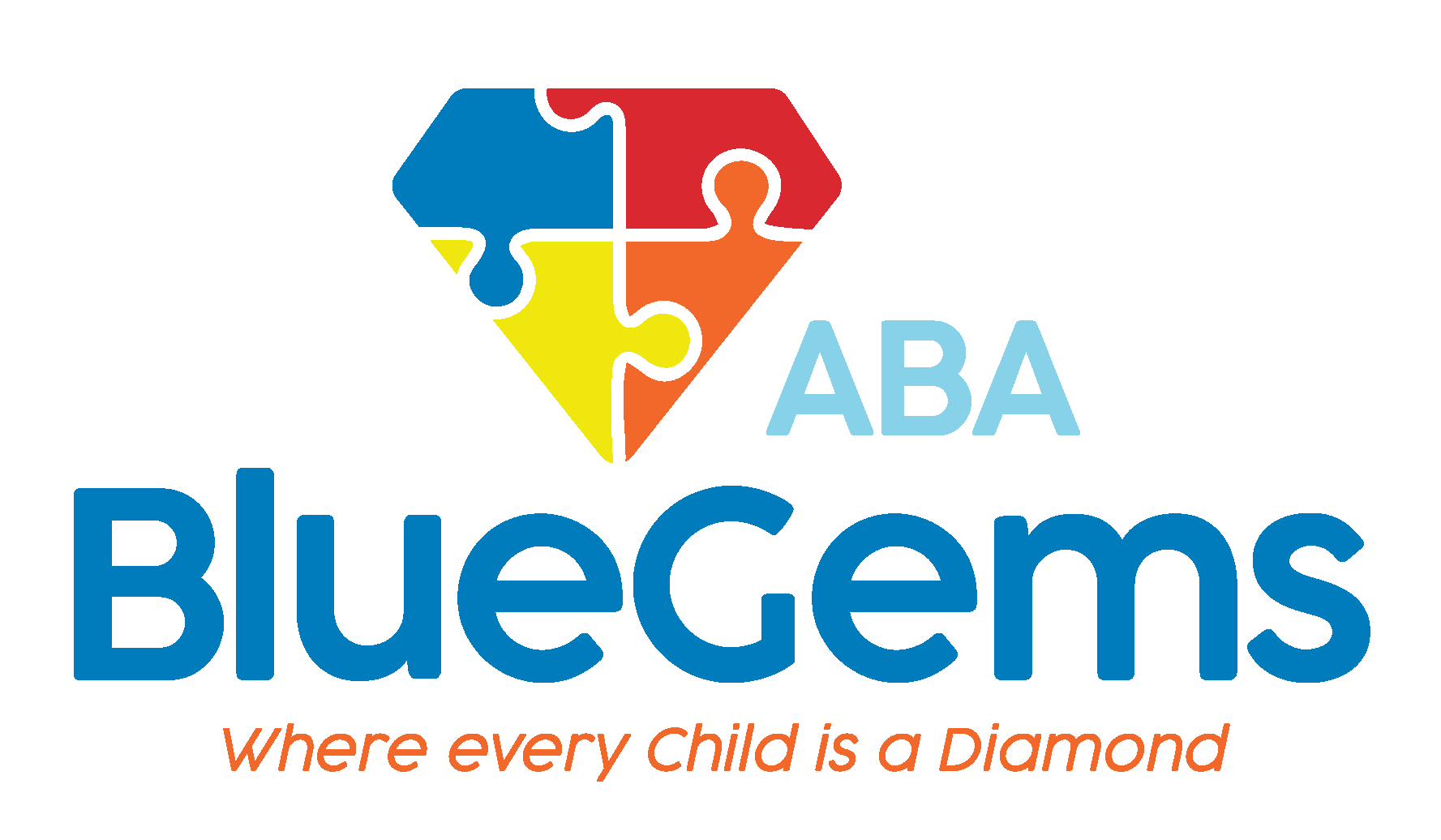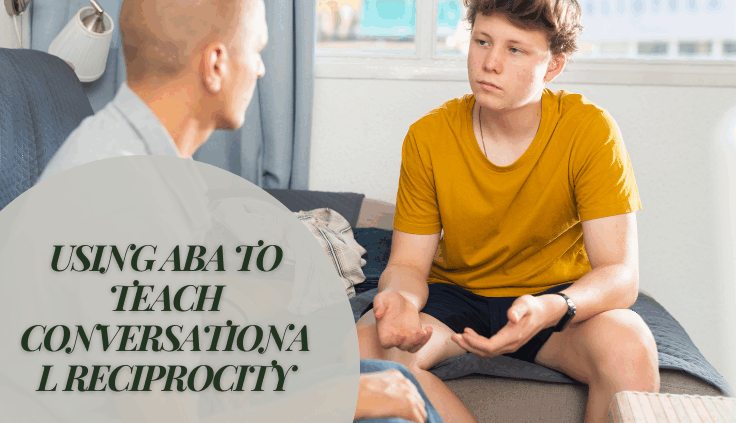Using ABA to Teach Conversational Reciprocity
Most people have reciprocal conversations throughout their day. They take turns to express how they’re feeling, provide feedback, tell stories and more.
It takes time to learn the art of holding a conversation like this, though, and the skills are usually built slowly over time. Children, for instance, often interrupt other people they’re having conversations with as they’re learning to take turns, or because they’re simply too excited to wait.
For children with autism spectrum disorder (ASD), other challenges might stand in the way of being able to have reciprocal conversations. In turn, they might have a harder time forming meaningful relationships, getting what it is they want and need, performing well in school, and getting and maintaining a job, for example.
Luckily, applied behavior analysis, also known as ABA therapy, can teach children with autism the skills necessary to have reciprocal conversations.
In this article, we’ll discuss how ABA therapy teaches conversational reciprocity.
Table Of Contents
- Children with ASD may struggle with reciprocal conversations due to difficulty interpreting social cues and non-verbal communication.
- ABA therapy helps build foundational conversation skills like turn-taking, listening, and expressing thoughts.
- Key strategies include prompts, visual aids, reinforcement, and structured role play.
- Each strategy can be customized to meet a child’s unique strengths, preferences, and challenges.
- Developing conversational reciprocity enhances relationships, independence, and success in school and work.
Why Do Children with Autism Struggle with Reciprocal Conversation?
Children with autism often struggle with reciprocal conversation because they have trouble understanding the many nuances of it. These are dynamic conversations that require each participant to know how to take turns, listen in social dialogues and pick up on indicators as to when it’s their time to chime in.
Much of reciprocal conversation is predicated on social norms and non-verbal cues such as tone of voice, facial expressions and body language. Oftentimes, the deficits a child with autism experiences in social interactions and communication makes it particularly hard for them to identify and interpret these non-verbal cues.
As such, they might interrupt people often or not establish eye contact, for instance. This might signify to others that they aren’t interested in the conversations, which could make it more difficult for them to have meaningful conversations.
In turn, it can be hard for someone to establish meaningful relationships if they struggle with reciprocal conversations.
Not only that, children who aren’t able to have these conversations have fewer opportunities to express their feelings, advocate for themselves and live independently.

| Strategy | Description | Purpose/Outcome |
|---|---|---|
| Prompts | Verbal, written, visual or physical cues to guide conversation turns. | Helps the child understand when to speak or listen. |
| Visual Aids | Icons like stoplights or pictures of people talking/listening. | Reinforces concepts visually for better understanding. |
| Positive Reinforcement | Rewards such as toys, tokens or praise for successful interaction. | Encourages repetition of desired behavior. |
| Role Playing | Practicing in safe, structured settings with therapist, parents, peers. | Builds confidence and generalization to real-life settings. |
What Are Some ABA Therapy Strategies to Teach Conversational Reciprocity?
ABA therapy has many strategies that can be used to teach conversational reciprocity.
One is teaching, modeling and practicing structured turn taking. This is an established system that will teach children with ASD the basics of when it’s their time to speak in a conversation and when it’s their time to listen.
Essentially, this strategy outlines a structure and rhythm to conversations, which enables children with autism to know how they can participate actively in reciprocal conversations. ABA therapists often use tools such as prompts, visual aids and timers to teach this turn taking, along with rewards as a way to reinforce the desired behaviors.
Here is an example of how this might work in an ABA therapy setting …
- Prompts: The therapist will provide verbal, written, visual and/or physical prompts to the child, signifying that it’s their turn to talk or their turn to listen.
- Visual aids: Since children with autism are visual thinkers, visual aids are very helpful at emphasizing these skills. This could be a picture of a person talking or listening, or a red stop light and green light.
- Positive reinforcement: Providing children with a token, time with a toy, extra praise or other reward when they successfully exhibit the desired behavior keeps them engaged in the activity and motivated to learn more.
- Role playing: Practicing reciprocal conversations with the child and the therapist, the child and parents, and the child and other people in a structured, safe and comfortable setting sets them up to generalize the skills so they can use them in real-world settings.
These ABA therapy strategies not only teach children the basics of reciprocal conversations, but also help them develop some important life skills such as how to take turns, listen and engage in conversations.
What strategies, tools and approaches are used to help your child learn conversational reciprocity will depend on their unique strengths, challenges and preferences.
| Communication Challenge in ASD | ABA Solution |
|---|---|
| Difficulty understanding non-verbal cues | Use of visual aids and explicit instruction |
| Interrupting or speaking out of turn | Structured turn-taking practice with prompts |
| Limited eye contact or seeming uninterested | Reinforcement of engagement behaviors via role playing |
| Trouble expressing emotions or needs | Use of positive reinforcement and repeated practice |
Blue Gems ABA Teaches Important Social and Conversational Skills
Children with ASD often face difficulties holding reciprocal conversations, which can hold them back in establishing meaningful relationships, succeeding in school and building a successful career.
At Blue Gems ABA, we use ABA therapy principles, concepts and strategies to teach children with autism conversational reciprocity.
To learn more, please contact us today.




